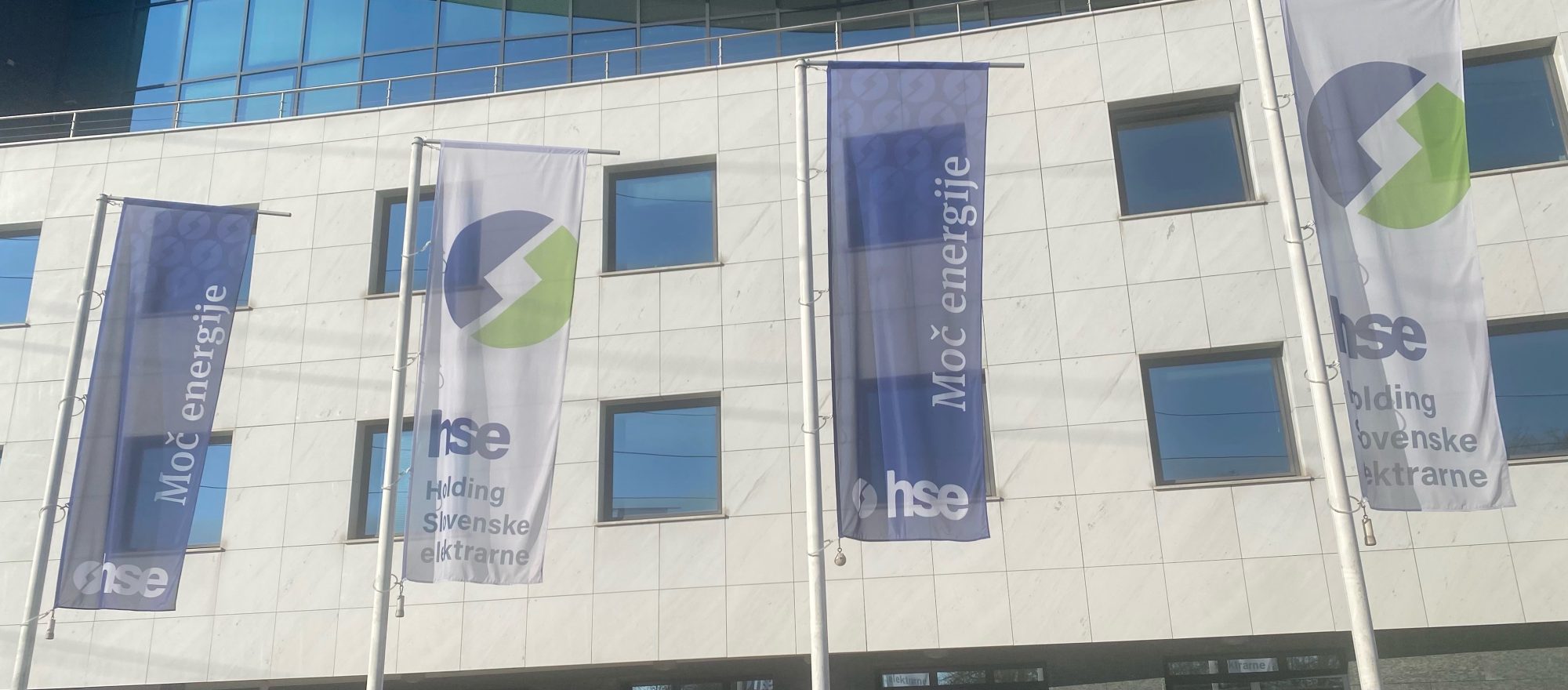World Wetlands Day will be marked on Friday, 2 February. This day is a good opportunity to present some key facts on the existing state of the Mura River. One should namely be aware that environmental organisations, by fighting tooth and nail and using all available means to preserve the current state of the Mura River, are actually doing a disservice both to the river itself and the local environment and population.
The Mura River enters the Slovenian territory near the town of Šentilj and represents the natural border between Slovenia and Austria for the next 30 kilometres, and then runs through the Slovenian territory for another 30 kilometres. The river has been changed drastically in the past decades by water management projects aimed at increasing the water flow when the water level is high – this has recently proved to be one of the misconceptions in the planning of the regulation of rivers and streams. These regulation and improvement projects resulted in the acquisition of agricultural land, while all other environmental elements were disregarded, with the result being that the river today does not meet the hydrological and morphological objectives – the consequences of the past measures have negative effects on certain sections of the river and habitats of certain plant and animal species – and it has been reduced to a regulated canal.
Various recent studies[1] by Slovenian experts have the common conclusion that significant changes to the Mura River could be observed due to past developments on the river whose long-term consequences had not been considered. Data on the river’s length in relation to the performed regulation projects for example show different lengths in individual parts – the bordering Mura and internal Mura – depending on the size of meanders (curves in the channel of a river) which were cut through with regulation projects. Like the length, the width of the river has also changed. The so-called natural bed of the river, including side beds, was up to 1,200 metres in width, but regulation projects narrowed it down to between 60 and 80 metres. The main consequence of the said projects is a faster flow of the river and, consequently, a greater erosion power of the water flow in the river bed – side protection was made from concrete and stone, which is why the Mura cannot distribute its erosion force between side and bottom erosion, but instead spends all of its energy on deepening the river bed.
On the other hand, analyses of data on the monitoring of the level of groundwater along the Mura River point to a significant drop in the level of groundwater. The influence of the river on the level of groundwater decreases with the distance from the river, but a drop in the level of groundwater can still be observed up to two thousand metres from the river. This is a very worrying fact for the future of irrigation of agricultural land in the region of Pomurje, which implies that the problem should be addressed comprehensively and sustainably as soon as possible.
The deepening of the bed of the Mura River and the changing of the riverside structure and the drying out of blind river branches, along with the constant drop in the level of groundwater, can be prevented by slowing down the flow of the Mura River, which is possible to achieve with appropriate – sustainably regulated – damming of the river flow. One of the possible forms of damming which could have a positive effect on the aforementioned problems and does not cause environmental impact, but instead enables both natural and social development with appropriate accompanying and other infrastructure, is the construction of a hydro power plant.
The fact is that measures for reducing the negative effect of regulation projects and other development projects in the past should be defined as soon as possible as the first element of the regulation of the Mura River in accordance with the national water management plan. The measures should be intended for reducing, remedying and eliminating the consequences brought by the past development projects, and consequently, for improving the state of the Mura River and its immediate surroundings. This would have a positive effect on the environment in the broadest sense of the word, on the people and the development of tourism in a sustainably oriented way.
Additional information: Majna Šilih, head of Public Relations Department of DEM; [email protected]
[1] The data was taken from the following studies:
– Proposal for additional measures for preventing further deterioration and for improving the hydrological and morphological state of the water – intermediate report; 2015 – Institute for Water
– Historical geomorphological changes of the Mura from Ceršak to Veržej; 2016 – GEOFOTO
– Assessment of the existing state on a section of the Mura River; 2015 – Institute for Water











